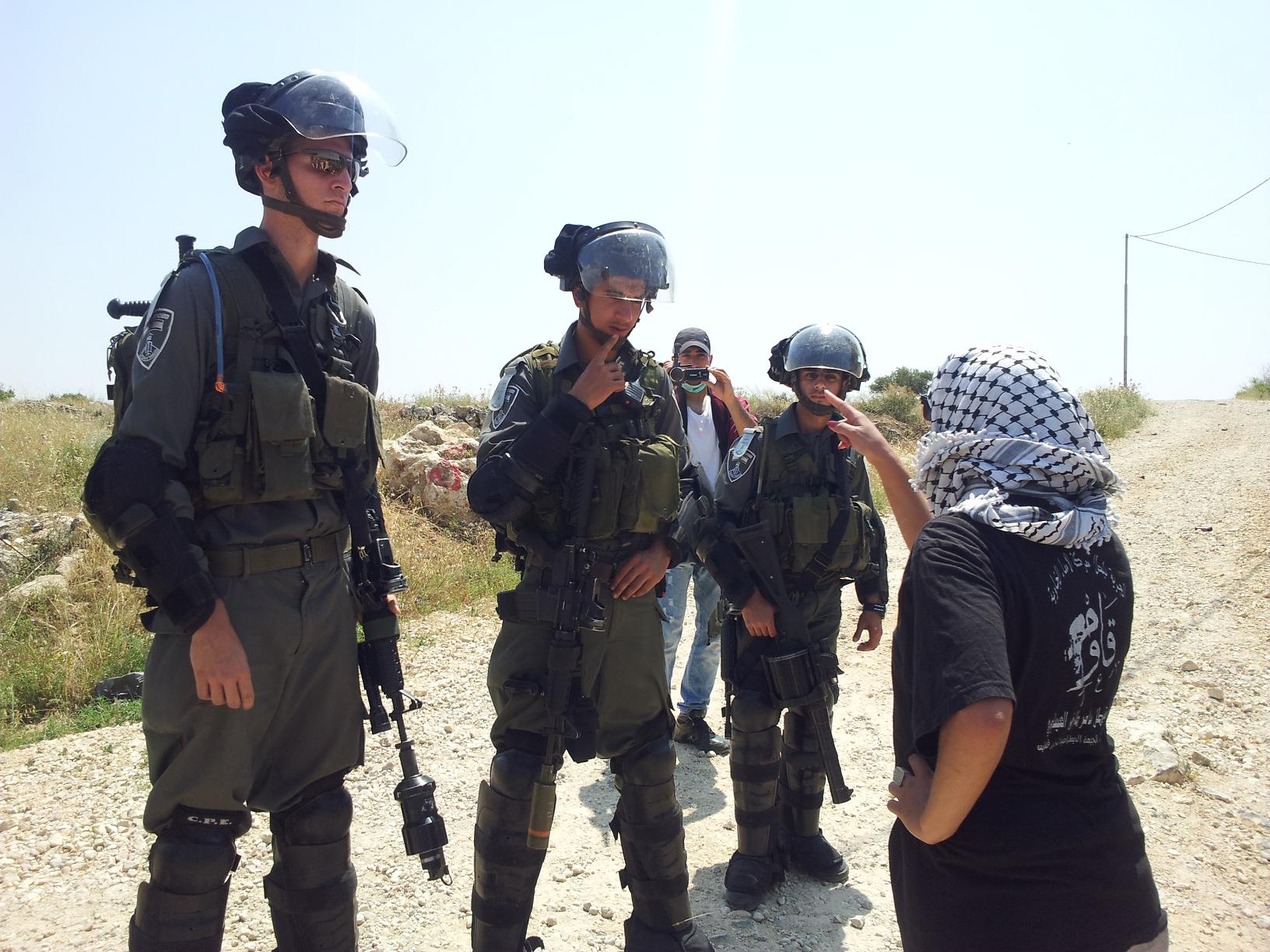Tag: An Nabi Saleh
-
Resistance still strong in Nabi Saleh – video and photo essay
11th May 2013 | International Solidarity Movement | Nabi Saleh, Occupied Palestine By Team Khalil Resistance to occupation stays strong in Nabi Saleh – Friday 10th May saw confrontation between peaceful protesters and soldiers and Israeli military incursion into the village, sparking fires from excessive firing of tear gas. Women lead the demonstration 10th May…
-
Updated: Nabi Saleh demonstration violently suppressed by Israeli forces; activist shot three times
UPDATE 13th April 2013: The injured Spanish activist returned to hospital Saturday morning, after experiencing continued pain, dizziness and fatigue. She had been shot three times with plastic coated steel bullets at Nabi Saleh demonstration the day before. She is currently under observation at the Rafidia Hospital in Nablus, being treated with antibiotics. ______________________________________________________________________________ 12th…
-
Children’s Day in Nabi Saleh
5th of April 2013 | International Solidarity Movement, Nabi Saleh, Occupied Palestine By ISM On Palestinian Children’s Day, the kids of Nabi Saleh played a leading role in their village demonstration, holding banners and balloons, claiming their rights to a childhood free of oppresion and occupation. However, Israeli forces, as they regularly do, quickly suppressed…

